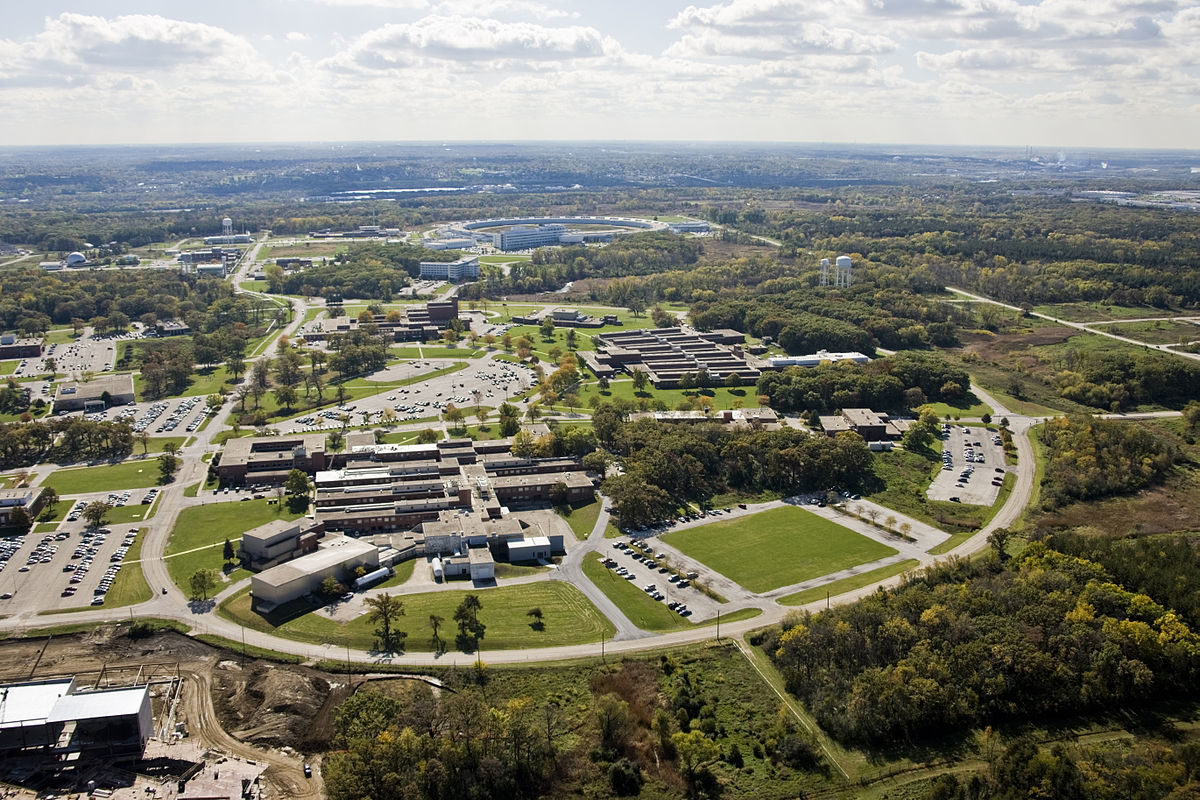
Scientists in the United States turned to artificial intelligence to speed up their search for new materials for use in a flow battery. The group developed a machine learning algorithm that could search a dataset of potential materials and identify those with the ideal balance of different characteristics that make it suitable for use in a flow batteries. The group says its algorithm could be applied to other battery technologies, and even in other fields.
Flow batteries based on vanadium, zinc-bromine and a few other materials are already proving their worth in energy infrastructure projects around the world.
There is, however, a long list of materials with the potential to lead to the design of flow batteries with lower cost, better performance, longer lifetimes and more. And the same can be said of other technologies in energy storage, and in other fields entirely. In all of these cases, narrowing down the list of possible materials, and finding those with the optimal set of characteristics for a particular application, can be an extremely time-consuming process.
Fortunately, scientists today can turn to software solutions to generate data about the characteristics of long lists of materials, and artificial intelligence to narrow down the list to materials with the characteristics they are looking for. And this was the approach taken by a group of researchers at Argonne National Laboratory in the United States in their search for new materials to test in flow battery designs. “In these batteries, we know that a majority of the molecules that we need will have to satisfy multiple properties,” said Argonne chemist Rajeev Assary. “By optimizing several properties simultaneously, we have a better shot of finding the best possible chemistry for our battery.”
Active learning
The group identified three properties – reduction potential, solvation free energy, and fluorescence, and began their search for molecules with the best balance of all three. To speed up the search, they turned to an artificial intelligence technique known as active learning, in which an algorithm can train itself and improve its targeting of the desired characteristics as it goes. ““We’re essentially looking for needles in haystacks,” said Argonne researcher Hieu Doan. “When our model finds something that looks like a needle, it teaches itself how to find more.”
Popular content
The model developed by the group is described in the paper Discovery of Energy Storage Molecular Materials Using Quantum Chemistry-Guided Multiobjective Bayesian Optimization, published in Chemistry of Materials. They began with a dataset of 1400 materials whose properties they had already analyzed, to train and test the algorithm. They then applied it to a list of 1 million molecules, and from this were able to identify 16 new molecules with more attractive properties than anything on their initial list of 1400. The group calculates that its algorithm is at least 15 times more efficient compared to a brute force or random selection approach.
And beyond flow batteries, the group notes that its model could be readily applied to other energy storage technologies, and even in completely different fields. “The mathematical approach we’re using is also widely used by stock traders and data scientists, which goes to show how common optimization problems are,” said Assary.
This content is protected by copyright and may not be reused. If you want to cooperate with us and would like to reuse some of our content, please contact: editors@pv-magazine.com.
"flow" - Google News
December 03, 2021 at 05:17PM
https://ift.tt/3dhyFFG
Narrowing down a million molecules for the optimal flow battery - pv magazine International
"flow" - Google News
https://ift.tt/2Sw6Z5O
https://ift.tt/2zNW3tO
Bagikan Berita Ini














0 Response to "Narrowing down a million molecules for the optimal flow battery - pv magazine International"
Post a Comment